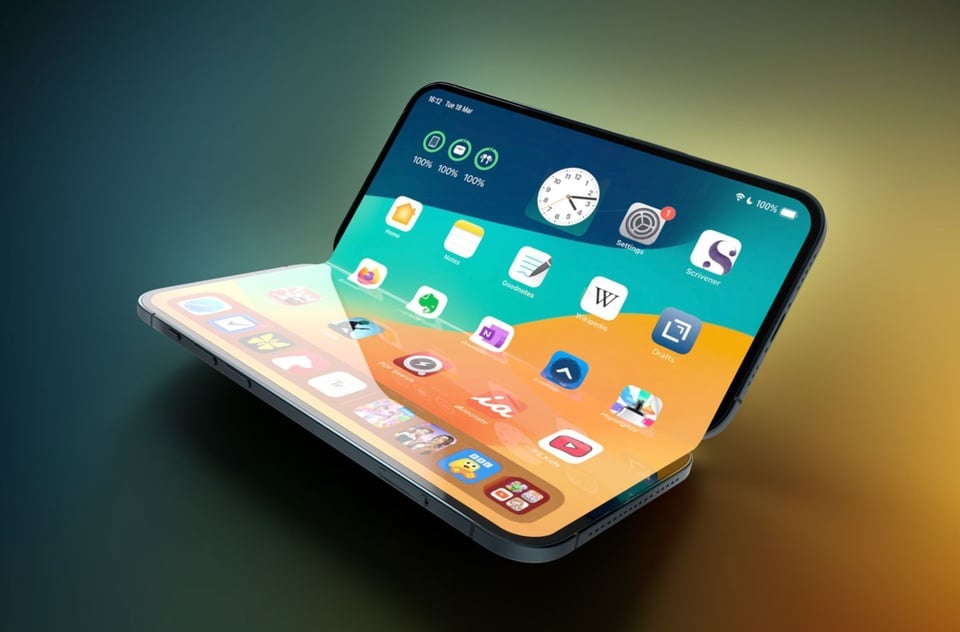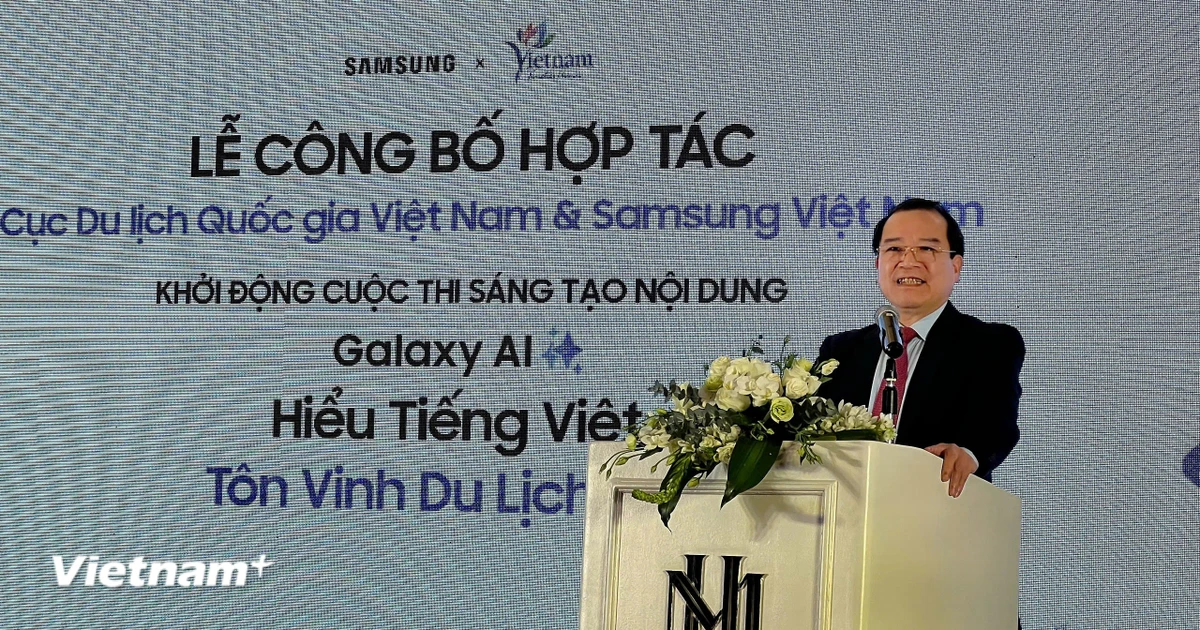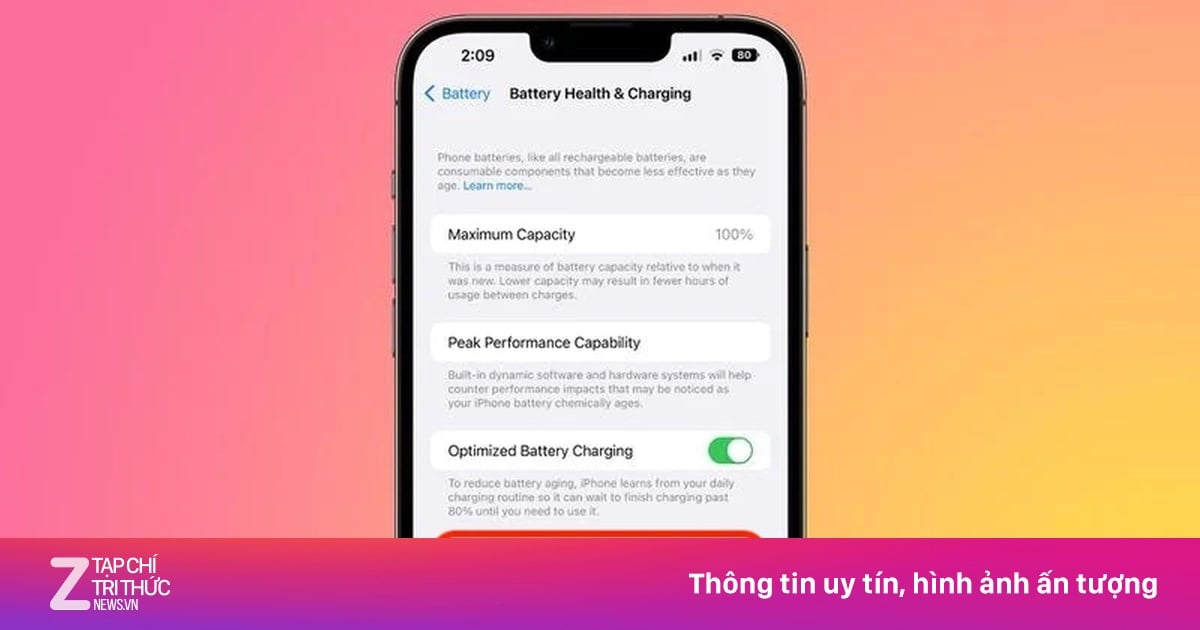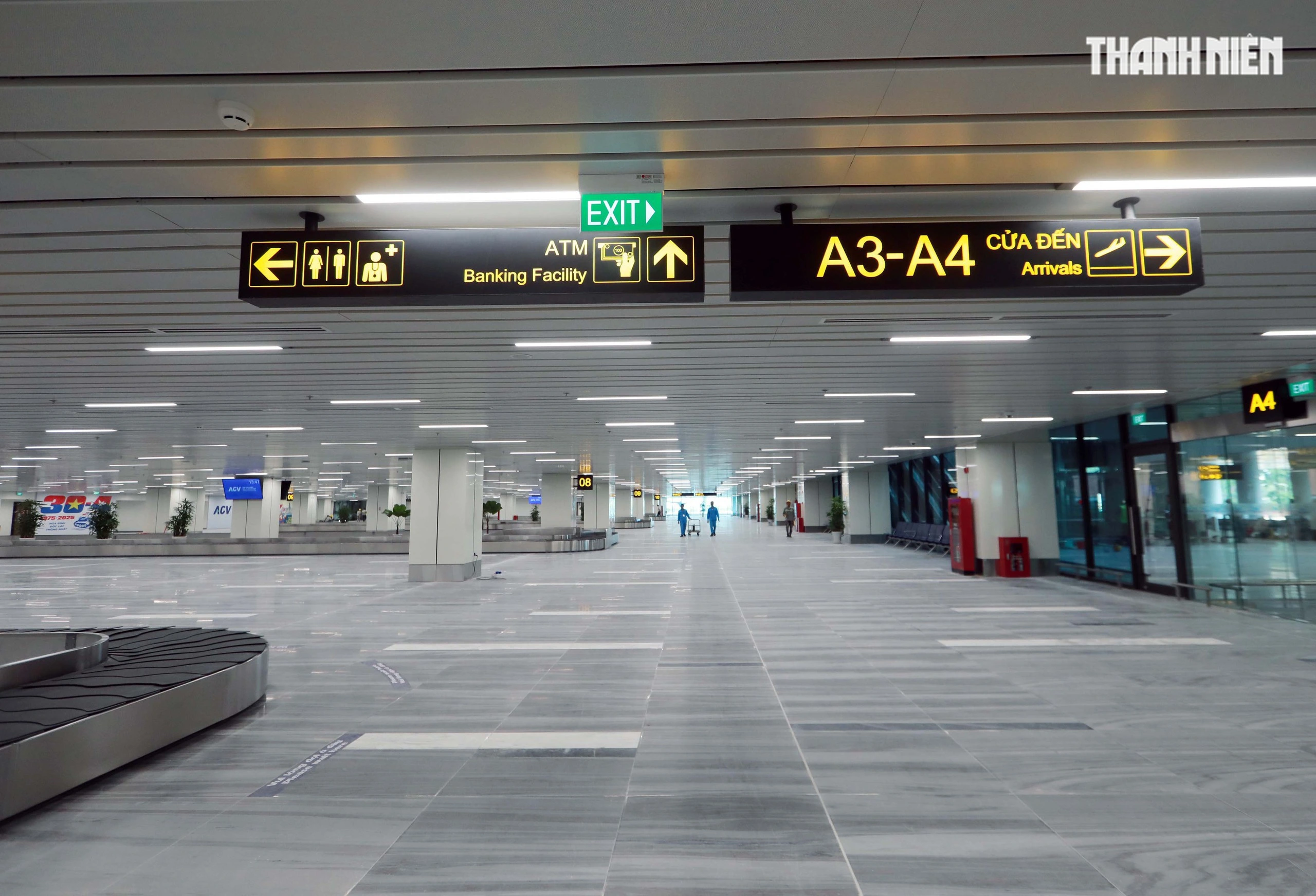 |
Illustration of the foldable iPhone. Photo: MacRumors . |
According to sources from Business Korea , Apple's first generation of foldable screen iPhones will use OLED panels exclusively supplied by Samsung Display.
If the rumors are true, this would be a surprising change in strategy for Apple. Previously, the company often used components from multiple suppliers to reduce costs while ensuring quality.
The reason Apple chose Samsung was because of its “technological advantage in minimizing screen indentations.” Meanwhile, other suppliers such as LG Display and BOE were eliminated.
Since launching the first Galaxy Fold in 2019, Samsung has had 6 years of experience in improving foldable OLED screens. This is a big advantage that helped the company sign an exclusive contract with Apple.
“For Apple, the company prioritizes quality over price when choosing component suppliers. Samsung is the most viable name,” said an industry source.
Samsung Display is expected to supply screens for foldable iPhones later this year or early next year. The deal could have a major impact on the foldable OLED display market.
Samsung’s market share fell to around 40% last year, largely due to competition from rivals such as China’s BOE. If it starts shipping displays to Apple soon, the company’s market share is forecast to reach 70% by 2026.
Based on rumors, the foldable iPhone has a book-like shape similar to the Galaxy Z Fold. When folded, users will interact with a 5.5-inch outer screen, and a 7.8-inch main screen inside. The device is expected to cost around $2,000 , directly competing with the Galaxy Z Fold.
According to MacRumors , the main screen of the foldable iPhone is almost seamless. Instead of Face ID, Apple is said to equip the Touch ID fingerprint sensor integrated into the power button.
Previously, the Weibo account of leaker Digital Chat Station predicted that the foldable iPhone will be equipped with a camera hidden under the screen. However, this part is unlikely to support Face ID.
In March, analyst Ming-Chi Kuo also confirmed that the foldable iPhone will integrate Touch ID instead of Face ID.
Accordingly, integrating Face ID under the screen is very difficult because parts such as dot projectors and infrared cameras cannot work effectively if obstructed by the panel.
Apple’s plans for the foldable iPhone are currently unclear. Analysts predict the company could produce 15 million units a year, up from its previous estimate of 9 million.
Source: https://znews.vn/thong-tin-moi-ve-iphone-man-hinh-gap-post1546117.html






![[Photo] Prime Minister Pham Minh Chinh receives Mr. Jefferey Perlman, CEO of Warburg Pincus Group (USA)](https://vstatic.vietnam.vn/vietnam/resource/IMAGE/2025/4/18/c37781eeb50342f09d8fe6841db2426c)
![[UPDATE] April 30th parade rehearsal on Le Duan street in front of Independence Palace](https://vstatic.vietnam.vn/vietnam/resource/IMAGE/2025/4/18/8f2604c6bc5648d4b918bd6867d08396)

























































































Comment (0)